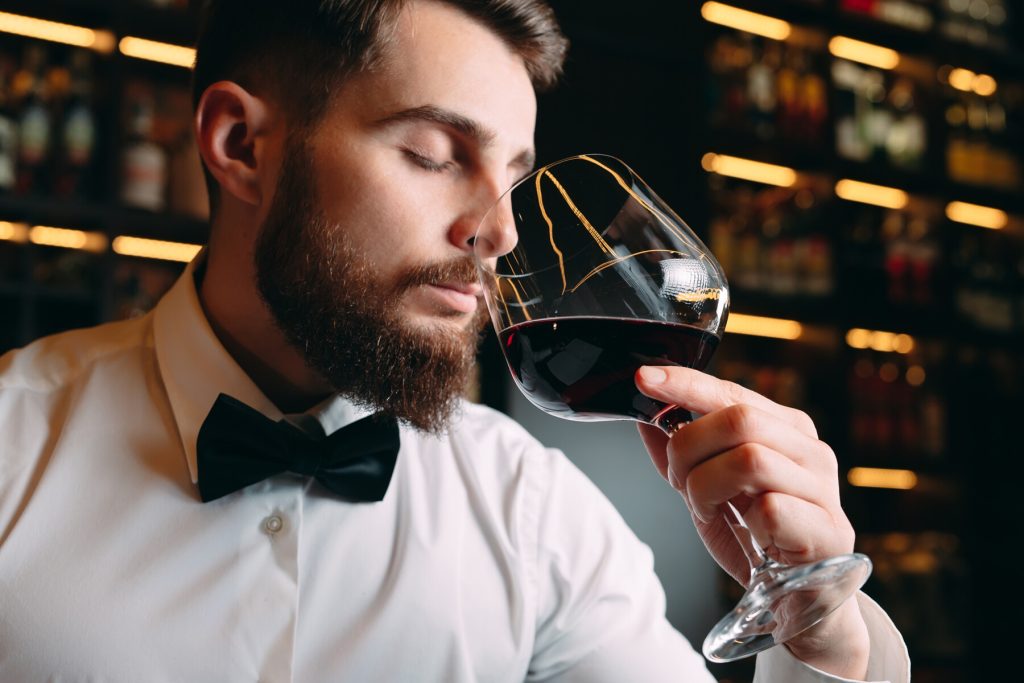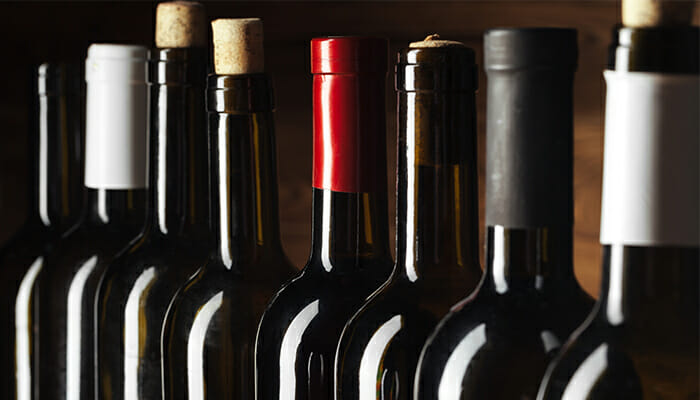How do you taste wine?

It's very simple to open a bottle of wine, put a glass on it, take a sip and know if it's wine or a cup of tea.
But you need practice and some fine-tuning to develop a deeper understanding of the wine's characteristics and connect to the full range of flavors you'll feel when you taste the wine. Practice helps you advance from knowing that Pinot Noir tastes like red fruits, to identifying the specific notes of strawberries, cherries, mushrooms and spices.
In the world of wine, it is essential that experts can feel all the notes of a wine and put these sensations into words. In this way they can create an image of the wine, so that the buyer can know exactly what to expect when reading the wine label.
As a starting point, any wine taster will follow a set of steps and rules when analyzing a new wine – from appearance to perfume, aromas and characteristics. Below is an elementary guide on what the experts look for when tasting a wine, so that you can do your own tasting. To start with the beginning, make all your preparations.
Maximize the chances of feeling every nuance and note in the wine, avoiding spicy food and drinks half an hour before the tasting. Otherwise, you may end up detecting notes of lunch or afternoon coffee. Too strong perfumes or too strong detergents can also interfere, so try to avoid them.
Appearance
 Put the wine in a glass and hold it up to the light, in front of a straight white surface, which will allow you to evaluate its color and clarity. A cloudy wine with shades of brown can be an indication that it is spoiled or that it has been adulterated. By slightly tilting the glass you can also see how intense the color is (if the wine looks almost watery and lacks color around the edges, you'll know it's a lighter style).
Put the wine in a glass and hold it up to the light, in front of a straight white surface, which will allow you to evaluate its color and clarity. A cloudy wine with shades of brown can be an indication that it is spoiled or that it has been adulterated. By slightly tilting the glass you can also see how intense the color is (if the wine looks almost watery and lacks color around the edges, you'll know it's a lighter style).
The overall color can give you an indication of what to expect from a wine – for example a ruby red may indicate a younger wine with vibrant red fruit aromas, while a garnet red is likely to be much older, with notes of toasted bread, nuts and leather.
Nose
 Swirl the wine in the glass to encourage the flavors to come out and smell briefly. This is the stage in which you will feel quite instantly how aromatic and strong the wine is. You will also be able to get an idea about the style of the wine and even where it comes from, by the notes you smell in the glass - for example, the aromas of toasted bread suggest that the wine has been aged in oak, while the notes of tropical fruits show that it comes from a wine-growing region with a hotter climate.
Swirl the wine in the glass to encourage the flavors to come out and smell briefly. This is the stage in which you will feel quite instantly how aromatic and strong the wine is. You will also be able to get an idea about the style of the wine and even where it comes from, by the notes you smell in the glass - for example, the aromas of toasted bread suggest that the wine has been aged in oak, while the notes of tropical fruits show that it comes from a wine-growing region with a hotter climate.
The more you can detect these aromas from a greater distance from the glass, the more intense the wine (and therefore, of better quality). So, lower the wine glass to chest level and see if you can feel the aromas there. If you can only smell it when the glass is under your nose, it's probably just a cheap trick.
Top of my mouth
Take a mouthful of wine, allowing a little air to enter your mouth, because it will accentuate the flavors. Whether you swallow the wine or spit it out, you will get a pretty good idea of its aromas, the mouth-tactile sensation it gives and how long it lingers on the tongue after the wine has gone.
Sipping the wine will also allow you to evaluate its level of tannins, body and acidity. Tip: lean your head forward when tasting - the more saliva you feel in the front of your mouth, the higher the acidity of the wine.
Conclusion
 Think about the balance, intensity and complexity of the wine's flavors, as well as how long they linger on the tongue after the wine is gone. At this moment you can make an informed judgment about the quality of the wine and better understand how everything correlates with the price of the bottle. So, that's about all you need to know to make the best impression as a sommelier.
Think about the balance, intensity and complexity of the wine's flavors, as well as how long they linger on the tongue after the wine is gone. At this moment you can make an informed judgment about the quality of the wine and better understand how everything correlates with the price of the bottle. So, that's about all you need to know to make the best impression as a sommelier.
If you choose to participate in a wine tasting, you will learn much more and the information received will be cemented much better by putting it directly into practice.
Did you know that?
- If you chew a piece of bread, you will remove the flavors of food and drinks from your tongue, cleaning your palate much better before tasting wines (much better than chewing gum).
- If you are not feeling well, are very tired or suffer from seasonal allergies, your senses may be numb, which means that the wine may not taste as it should.
- If you try the wine with certain foods, you can completely transform the flavors and the character of the wine, a reason why the associations between wine and food can be complicated sometimes. For example, by eating asparagus with the wrong wine, you can accentuate the bitterness of the wine and reduce its fullness and sweetness, which leads to an overall unpleasant experience.

